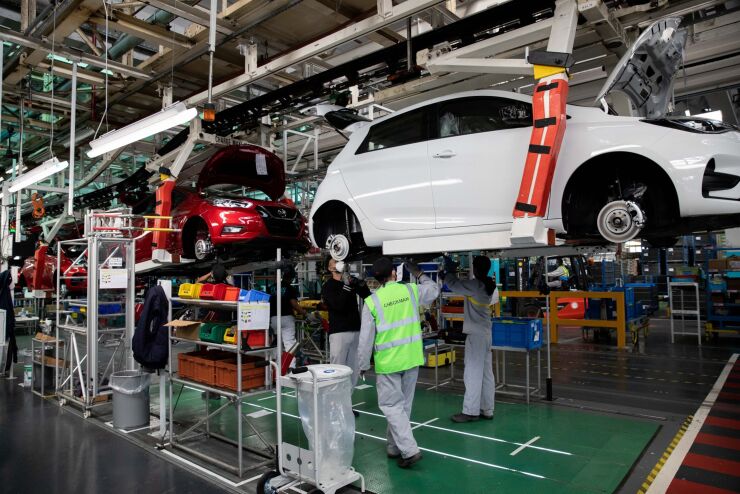For many, the past few months of coronavirus response have felt like years. Most people can’t recall a period when they were forced to embrace a radical shift in mindset so quickly. One of the strangest parts of this experience is that most people, outside of the essential workforce, have experienced this in a pseudo-isolated environment. Sheltered in homes or restricted to minimal travel from home to work, the collective level of interaction with the outside world has effectively been cut off.
So far, the advent of this “new normal” has been one where all have seen firsthand how everyone has been forced to adapt at the same time, but in separate locations. Large, industry-leading organizations have been forced to quickly implement drastically different work from home policies that have been in discussion, but not much more, for almost a decade. What's more, with everyone home, there’s been an adoption of brand-new ways of working – concepts that are making pre-pandemic processes appear like they are further and further in the rear-view mirror.
Across industries, business leaders have been forced to reevaluate how to maintain business continuity and manage everything from insurance and claims to risk management. That’s evidenced by the amount of digital and process transformation and adoption that’s occurred in the previous few weeks as compared to the past several years.
Here’s why it’s happening, and why it’s going to continue to accelerate:
Processes to support remote work end up in a system
Many processes that exist to support insurance, risk, and safety are historically paper-based and rely on ad hoc procedures that are typically solved by walking over to someone’s desk and “figuring it out.” This doesn’t work when everyone is home. Remote work puts pressure on every function of business. Brittle processes break. Information that previously was handed over to the office next door now has to be sent digitally. Disorganized structures become impossible to support. Everything ends up being managed in a system, particularly processes that involve complexity –and risk management and insurance are not immune.
Travel restrictions are going to force remote data gathering and real-time communication
As travel remains difficult for the foreseeable future, a number of insurance and risk management processes that rely on having individuals at specific locations or sites will not be possible. This will drive the adoption of remote data collection and communication from the field back to a centralized location. Whether from systems that capture, collaborate, and communicate data; image and video sharing; remote monitoring; or wearables and sensors, the experts who cannot be on site will be forced to find new ways to get access to the information they use to help draw insight and make decisions.
Threats, changes, and regulatory challenges from COVID-19 require real-time tracking and reaction
The most notable recent driver of change is the newfound effect of risk management’s impact on the health of an organization. All of a sudden, the speed at which risk and claims can react to a reported incident can have life or death repercussions in a matter of days, if not hours. It has created an acceleration of the impact this can have on business.
Take the example of a worker experiencing a slip and fall incident at the workplace. The impact of a delay in reporting can have consequences that extend to the worker and the worker’s health. An acceptable average lag time for reporting a claim or taking action of five-10 days may not be uncommon and could be sustained by paper-based processes.
In our new world, a report of a COVID-19 symptomatic individual at the workplace requires immediate action with exponential consequences. Imagine if the historically acceptable lag times of five days for reporting with forms, scans, and review were applied to a workplace COVID-19 exposure. You’d have the possibility of a significant contagion spread, and even the potential to knock out an entire facility, store, or plant with infected workers. This pressure for real-time reaction, tracking, and follow-up requires new and transformative processes.
From the lens of essential businesses, whether public facing like grocery, transit, or health, or supply chain focused like manufacturing, “condensed” workplaces that can’t afford to have 20% of the workforce unavailable are going to require business to protect them. Immediate reaction, contact tracing, and systems to build ease of mind with the workforce, and the public, are critical and not optional.
Organizations now face the burden of having to protect their employees, make their employees feel protected, and protect their business, all at the same time. Compound this with the fact that the people who are now supporting these processes, for the most part, work remotely, leaves only one real option for managing through these processes –adopt systems to support, empower, share, and inform.
The old way doesn’t work anymore. This pandemic will create digital transformation in a way we never imagined at a speed that no one expected.






